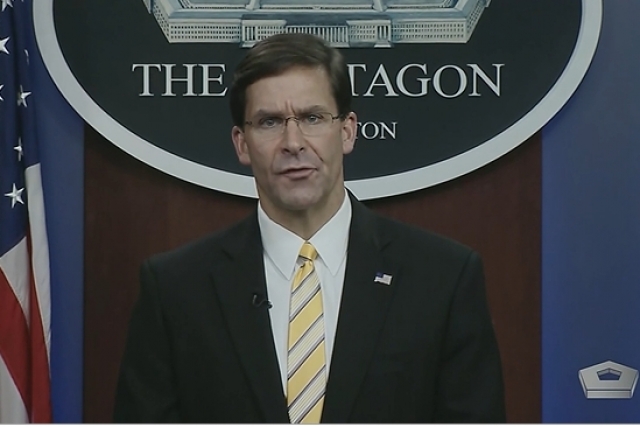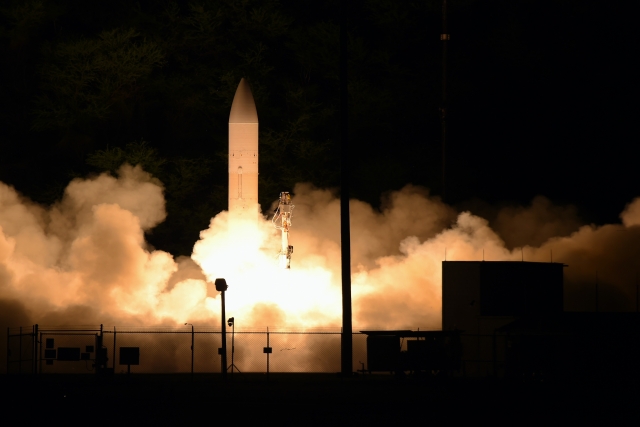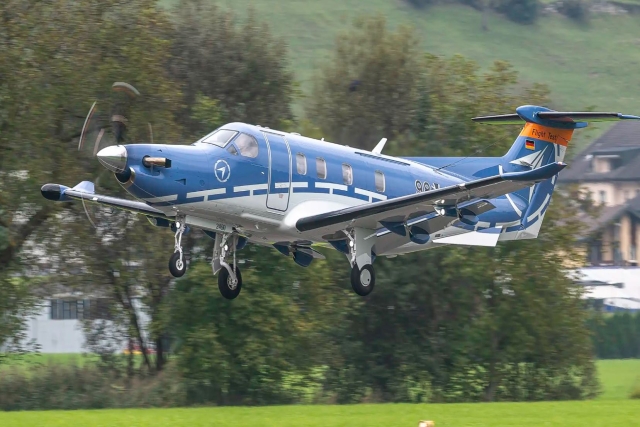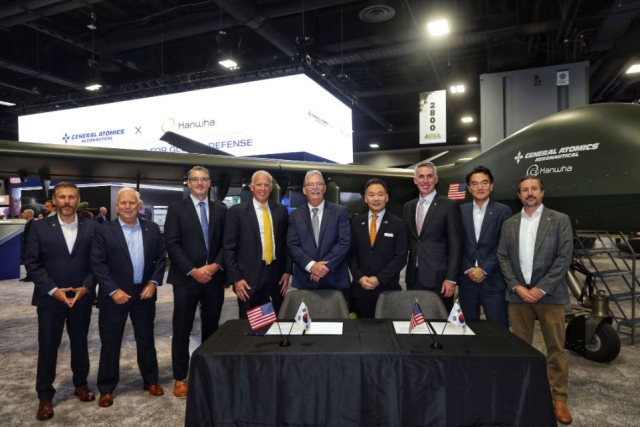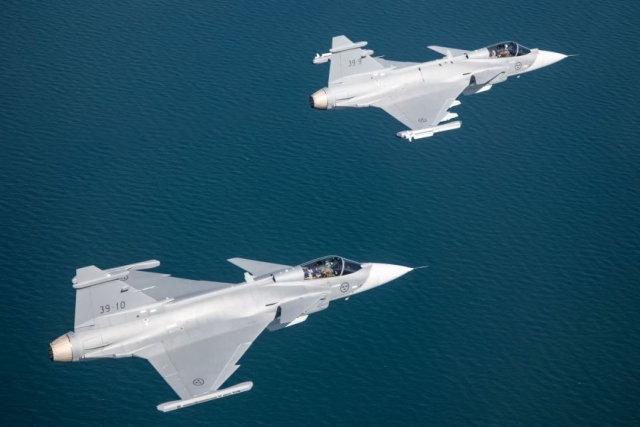US Rewrites Acquisition Rules to Speed up Hypersonic Weapons Development
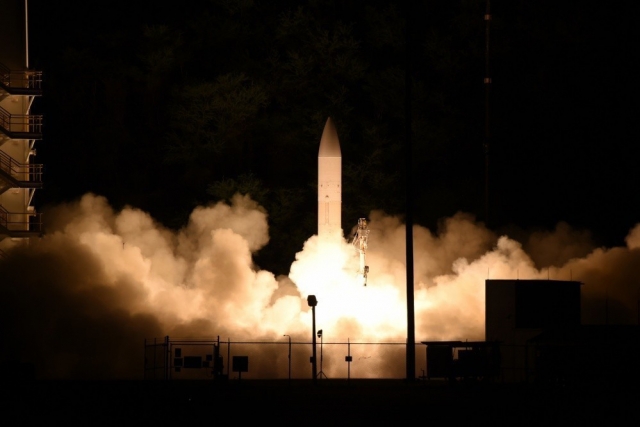
The U.S. Department of Defense has rewrittenthe rules for acquisition — the 5000-series of policy — to make it easier to more quickly deliver hypersonic weapons, and race ahead of Russia and China.
"One of my team's most significant accomplishments has been rewriting the DOD 5000 series, the overarching acquisition policies that focus on what I call creative compliance, so that acquisition professionals can design acquisition strategies that minimize risk,” said Ellen M. Lord, the undersecretary of defense for acquisition and sustainment, during an address today at the Institute for Defense and Government Advancement's Hypersonic Weapons Summit.
That renaissance in DOD policy is going to help the department get on board with hypersonics more quickly. One area the new policy focuses on is an early consideration of sustainment of weapons systems.
"Our biggest sustainment concerns with hypersonics are ensuring that subcomponents have a resilient supply chain with secure microelectronic components and that the services, the military services, have a strategy for spares and repairables that provide sufficient annual quantities to ensure predictability for suppliers and readiness for the warfighter," Lord said. "The 5000 rewrite, specifically the product support and sustainment functional policy, places more emphasis on designing and contracting for sustainment."
Lord said changes in the acquisition policy can reduce sustainment costs by up to 20%.
"We can achieve real savings that can be used for our future investments, instead of unnecessarily paying to disassemble systems to replace parts, for example, because the maintainer cannot get their hand inside of an enclosure to remove and replace a component — something we often see," Lord said.
The "Adaptive Acquisition Framework" in the newly modified 5000 series includes six acquisition pathways: urgent capability acquisition, middle tier of acquisition, major capability acquisition, software acquisition, defense business systems, and acquisition of services.
"These pathways implement the six main tenets of the Defense Acquisition System: to simplify policy, tailor in approaches, and empower program managers, facilitate data-driven analysis, actively manage risk and emphasize sustainment," Lord said.
The AAF provides program managers with a way to more quickly and affordably field capability, Lord said. And that includes important developments in hypersonic weapons systems.
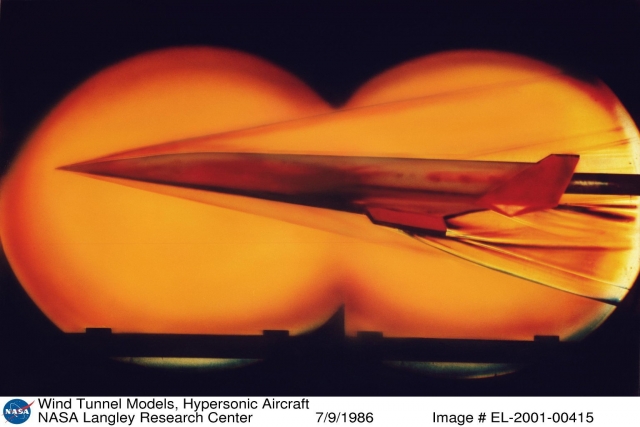
"It's paramount that we drive affordability into hypersonic weapons manufacturing to ensure that we can procure sufficient quantities," Lord said. "Previous efforts reduce technical risk by designing and producing developmental flight test demonstration vehicles. Now, we will prioritize manufacturability and producibility with hypersonic prototype development programs."
Hypersonic weapons systems require special consideration to account for, among other things, their high speeds, Lord said. And the industrial base that is helping the department grow its hypersonics capability is working to meet those unique challenges.
Hypersonic weapons also require effective sensors, mission planning, command and control and launching platforms, Lord said.
To ensure the department and industry can most effectively work together to meet the unique challenges of hypersonic weapons development, Lord said the department has created a "hypersonics war room" to help the department better understand the constraints that might exist in industry right now that could hamper development of hypersonics.
"The war room will help both DOD and industry understand the total demand on the industrial base as the department is ramping up production for hypersonic weapons," Lord said.


